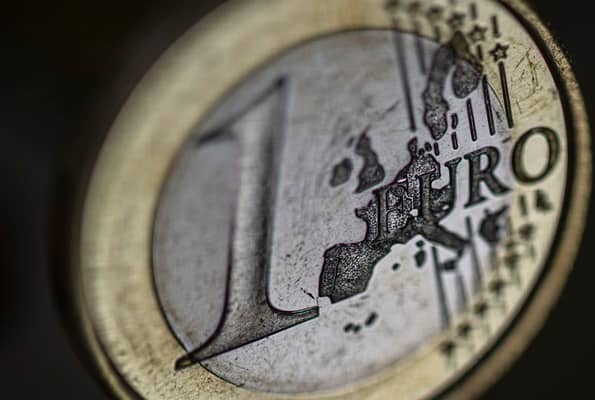Bussiness
Euro heads for slight gains as volatile German industrial output beats expectations – London Business News | Londonlovesbusiness.com

The euro is up slightly by 0.12% against the US dollar for a second day, following six straight sessions of losses.
Best-than-expected German industrial production figures provided further support for the euro to pare back its steep losses from last week.
A narrowing yield gap between Treasuries and German bunds today after recent rapid gains should also cap the dollar’s gains against the euro slightly.
In today’s data, the September reading for August industrial output surprised expectations when it reversed July’s 2.4% contraction to 2.9% month-on-month growth, beating expectations for a 0.8% gain. On a year-on-year basis, industrial output contracted by 3.1% year-on-year in August.
The surprise growth was supported by a 19.3% rebound in the automotive manufacturing sector. Capital goods also posted a 6.9% growth in output, according to the Federal Statistical Office (Destatis).
The sharp swing in industrial production figures comes from the notoriously volatile automotive sector in particular. Therefore, I do not believe that today’s figures could signal a sustained recovery in industrial output or even the automotive sector, as negative factors from the domestic and global macroeconomic environment continue to weigh on the German economy. Mercedes-Benz Group had also cut its forecast for the rest of the year earlier last month in light of the continuing economic deterioration.
This could explain the slight gains in the euro today, as today’s surprise did not seem to change the outlook for the German economy. The euro could also remain under pressure with more pessimism about the pace of interest rate cuts by the Federal Reserve in light of a series of better-than-expected labor market data.
The hypothesis of a 50-basis point cut next November has been completely ruled out by the markets in favor of a quarter point cut with an 87% probability, while the complement to this percentage is in favor of keeping the current rates unchanged, according to the CME FedWatch Tool. While the narrowing of the yield gap today between US Treasury bonds and Eurozone bonds for ten years contributed to temporarily adjusting this effect after that gap reached its highest level since late July.
Also, what may put more pressure on the euro is the more luster of the US dollar as a safe haven with the worsening and anticipation of further escalation of the conflict in the Middle East. Moreover, the widening escalation and the return of energy prices to rise may give the Federal Reserve more comfort to maintain high rates for a longer period than expected, which may revive the most prominent pressure factors on the single European currency again.










